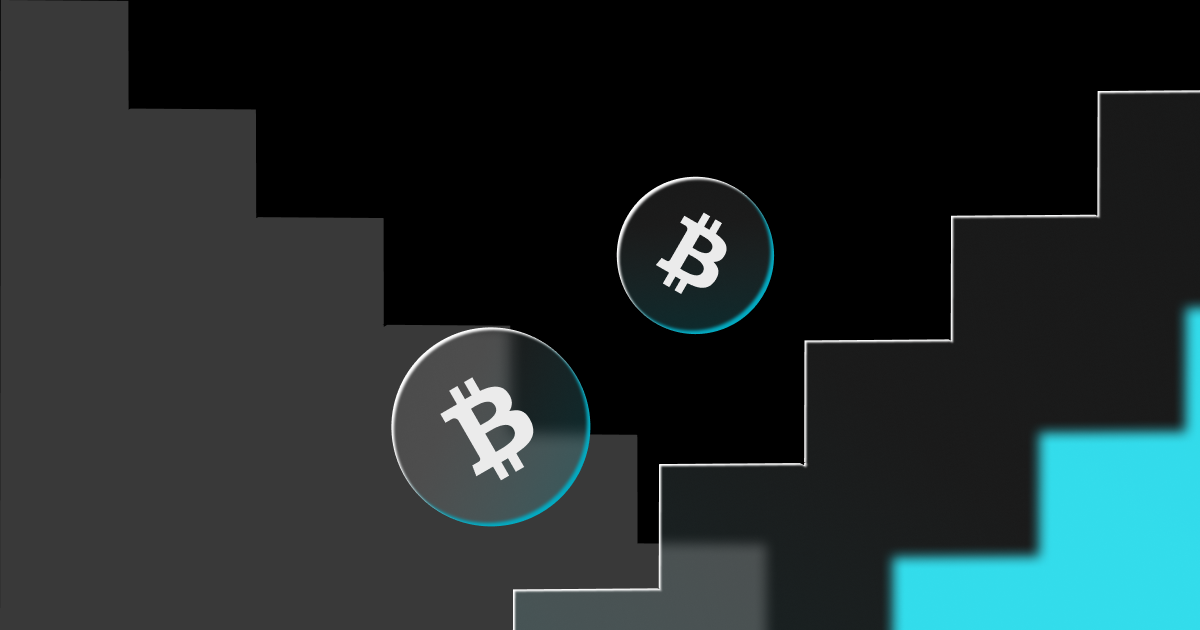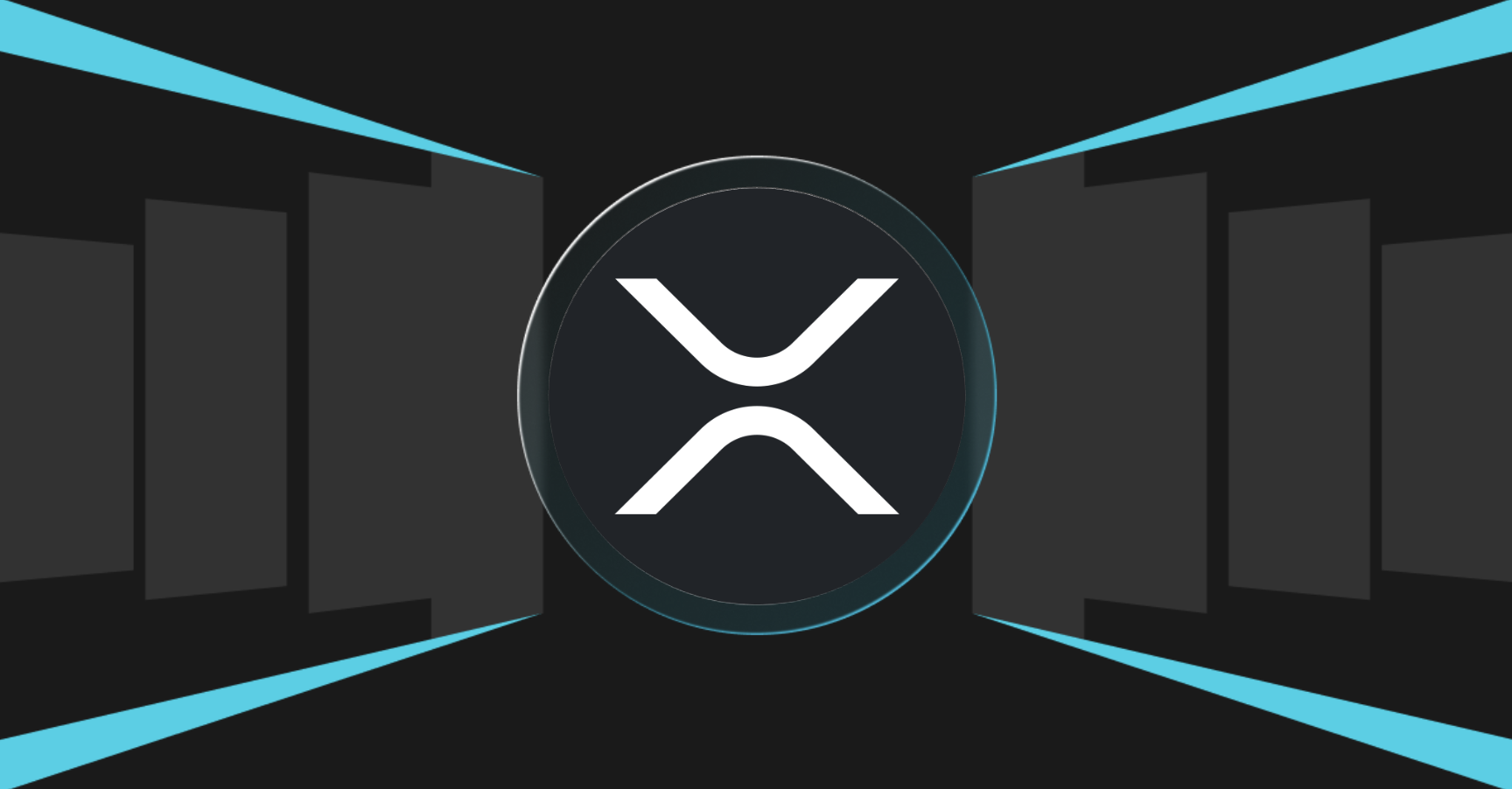
Beginner’s Guide to Bitcoin Layer 2 Projects
What Is Bitcoin Layer 2?
Bitcoin's main network, known as Layer 1, is secure but can only handle about 7 transactions per second. This limitation leads to delays and higher fees during busy times. That’s why Bitcoin Layer 2s were created.
Bitcoin Layer 2 refers to systems that operate on top of the main Bitcoin network (called Layer 1). These systems process transactions off the main blockchain and then settle them back on it. This approach helps reduce congestion on the main network, leading to quicker and more affordable transactions. Importantly, Layer 2 solutions still benefit from Bitcoin's strong security features.
Why Do We Need Bitcoin Layer 2?
The Bitcoin network can handle about 7 transactions per second. In contrast, credit card companies like Visa process thousands of transactions per second. This limitation means that during busy times, Bitcoin transactions can be slow and expensive. Layer 2 solutions aim to overcome these issues by:
● Increasing transaction speed
● Reducing transaction fees
● Allowing more people to use Bitcoin simultaneously
● Enabling new features like smart contracts
Top Bitcoin Layer 2 Projects
Several projects are pioneering Layer 2 solutions for Bitcoin. Let's explore some of the most notable ones:
1. Lightning Network
The Lightning Network is one of the earliest and most well-known Layer 2 solutions for Bitcoin. It enables instant, low-cost transactions by creating payment channels between users. These channels allow multiple transactions to occur off-chain, with only the opening and closing of channels recorded on the Bitcoin blockchain.
Key Features:
● Instant Transactions: Ideal for everyday micro-payments.
● Low Fees: By conducting transactions off-chain, users avoid high on-chain fees.
● Scalability: The network can theoretically handle millions of transactions per second, compared to Bitcoin’s on-chain capacity of around seven transactions per second.
The Lightning Network is supported by various wallets and has been adopted by major exchanges like Kraken and Coinbase.
2. Stacks (STX)
Stacks is a Layer 2 project that extends Bitcoin's functionality by introducing smart contracts and decentralized applications (dApps). It operates as a separate blockchain but connects to Bitcoin, allowing dApps on Stacks to leverage Bitcoin’s security.
Key Features:
● Smart Contracts: Enables DeFi, NFTs, and more on Bitcoin.
● Clarity Programming Language: Designed for secure and predictable smart contracts.
● Proof of Transfer (PoX): A consensus mechanism that ties Stacks' security directly to Bitcoin.
Stacks has seen significant developments, such as the Nakamoto release, aimed at deepening integration with Bitcoin by enabling the Stacks network to write directly to the Bitcoin blockchain. This development introduces sBTC, a bitcoin-pegged asset facilitating decentralized asset exchange and enhancing network utility.
3. RSK (Rootstock)
RSK is a smart contract platform that brings Ethereum-like functionality to Bitcoin. It uses a sidechain to implement smart contracts, enhancing Bitcoin’s scalability and transaction speed.
Key Features:
● Smart Contracts: RSK is compatible with Ethereum's Virtual Machine (EVM), allowing developers to port existing Ethereum dApps to Bitcoin.
● Faster Transactions: Reduces block confirmation times from 10 minutes to 28 seconds.
● Merged Mining: RSK is secured by Bitcoin miners through merged mining, ensuring strong security.
RSK enhances Bitcoin by providing scalability, faster transactions, and interoperability with other blockchain technologies.
4. Nervos Network (CKB)
Nervos Network is a multi-layered blockchain platform designed for scalability and security. Its layered architecture separates core functionalities from application layers, enabling high transaction speeds through Layer 2 solutions built on top of the secure base layer.
Key Features:
● Layered Architecture: Allows for scalability without compromising security.
● Smart Contracts: Supports the deployment of smart contracts and dApps.
● CKB Token: Used for storage, staking, and transaction fees.
Nervos uses Proof-of-Work consensus mechanism to ensure the security and decentralization of the network.
5. Merlin Chain
Merlin Chain is a Bitcoin Layer 2 project launched by Bitmap Tech, designed to enhance Bitcoin's scalability and efficiency through ZK-Rollup technology. This technology compresses transaction data significantly, enabling faster and cheaper transactions compared to Bitcoin's main chain.
Key Features:
● ZK-Rollup Technology: Compresses transaction data for efficiency.
● Decentralized Oracle Network: Provides secure and transparent data feeds.
● On-Chain BTC Fraud-Proof Modules: Enhances security and transparency.
With its mainnet launched in 2024, Merlin Chain aims to bolster both security and transparency in the Bitcoin ecosystem.
Challenges and Considerations
While Layer 2 solutions offer many benefits, they also come with challenges:
● Security: Ensuring that off-chain transactions are secure is crucial.
● Complexity: These systems can be complicated for users to understand and use.
● Adoption: Widespread use requires education and infrastructure development
The Future of Bitcoin Layer 2
As Bitcoin continues to grow, Layer 2 solutions will play a vital role in its development. They offer a path to greater scalability and functionality without compromising the core principles of the Bitcoin network. With ongoing innovation and adoption, Layer 2 technologies could make Bitcoin more practical for everyday use.
Disclaimer: The opinions expressed in this article are for informational purposes only. This article does not constitute an endorsement of any of the products and services discussed or investment, financial, or trading advice. Qualified professionals should be consulted prior to making financial decisions.
- Redacted Coin (RDAC): The Future of Web3 Acceleration2025-05-08 | 5m
- Shardeum (SHM): Solving the Blockchain Dilemma2025-05-08 | 5m



